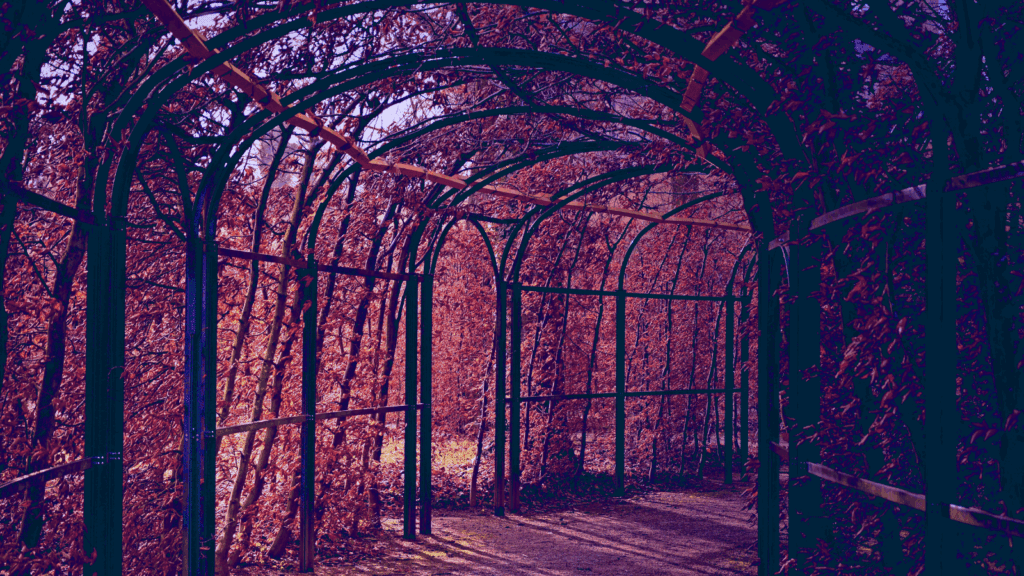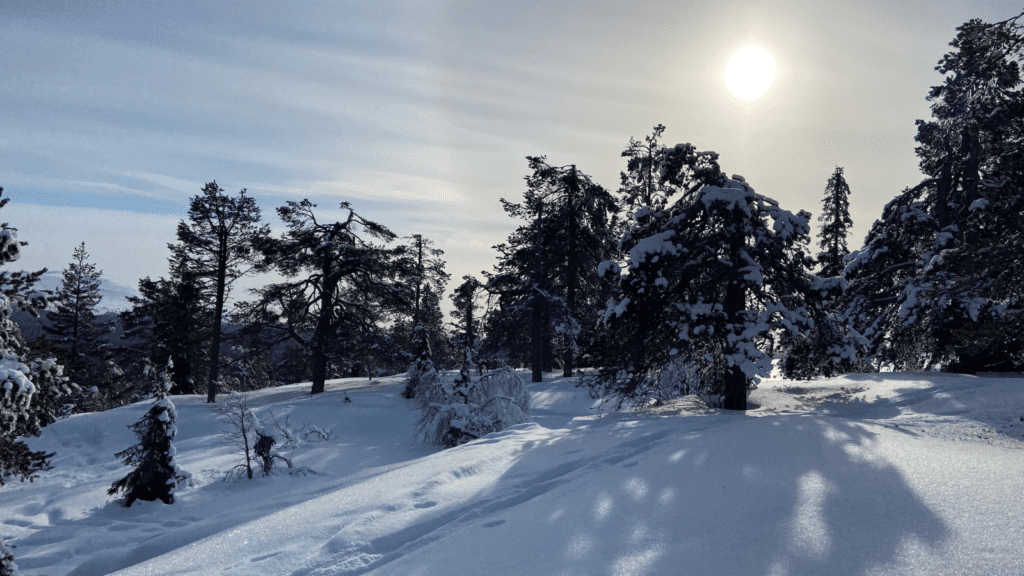Doing Gentle With an Edge (with Helena Roth)

The Haven (Private Podcast): (Protected Content)
When I sat down to speak with Helena Roth, I had a sense that our conversation would drift and weave through the deeper threads of life. I wasn’t wrong. What unfolded was a rich exploration of gentleness, inner transformation, and the concept of tankespjärn — a Swedish word that Helena has turned into a philosophy of doing gentle with an edge.
As someone deeply curious about gentleness as a form of rebellion in an often harsh world, Helena’s journey resonated strongly. Particularly the way she describes the place she has reached: gentle with an edge. For Helena, gentleness was not an innate trait, but something she had to learn—an antidote to what she called the “mash-up of Hitler, Mao, and Stalin” that used to comprise her inner dialogue.
She said to me:
“You do gentle. Then you add ‘the edge’, which for me, is tankespjärn.”
What is Tankespjärn?
Tankespjärn is not something prescriptive. It’s not a framework or a system you can impose on others. Rather, it is an invitation — the feeling when something inside shifts, cracks open, or stretches. It’s the electric jolt of a new perspective making itself known.
Helena shared how tankespjärn often arises without warning:
“When you’re faced with tankespjärn, there’s a choice. To step away from the possibility, or to step into it. But it sure is hard to forget about that door, leading to the unknown; the knowledge of which will, once revealed, always stay with you, even if you chose to let the door slam shut without entering.”
Tankespjärn is deeply personal. What sparks a shift in me might pass unnoticed by you. And that’s the beauty of it. There’s no universal formula. Like many experiences of growth, it is intimate and unique to each individual.
It was a relief to put a name to something I have felt over and over throughout my life.
Descriptive, Not Prescriptive
This approach felt immediately familiar. Like Helena, I prefer a descriptive rather than prescriptive way of creating and coaching. Neither of us is interested in laying down blueprints for others to follow. Instead, we aim to open spaces for exploration — sharing stories, nudging perspectives, and trusting people’s ability to navigate their own path.
In our conversation, we reflected on the dangers of certainty, and how language often traps us into rigid, anxious states. Helena beautifully captured this when she referenced a quote from designer Milton Glaser:
“Certainty is a closing of the mind. To create the new requires doubt.”
This mindset lies at the heart of tankespjärn — allowing ourselves to live in the spaces of not knowing, and seeing what new growth can emerge there.
Learning Gentleness as a Shock Absorber
Helena shared that learning gentleness was not just about being soft; it was about developing resilience. She likened it to a shock absorber — giving enough flexibility to navigate life’s inevitable bumps without rigidly breaking.
Before discovering gentleness, her internal world was ruled by harshness and self-criticism. She described how even making small mistakes would lead to brutal inner self-attacks. Gentleness transformed that landscape, making room for mistakes, exploration, and recovery. It allowed her to walk her “edge” — the place where growth happens — without being destroyed by the fear of failure. This is where doing gentle with an edge emerges.
The Epidemic of Harshness (and the Antidotes)
We talked about what we both see as an epidemic of harshness in the world. Many people live with deeply critical inner voices, and these internal dynamics often spill outward into culture, relationships, and social media.
One potential antidote, we agreed, is cultivating inner gentleness — deliberately and patiently. When we create a gentler relationship with ourselves, we naturally extend that to others. Helena spoke about how gentleness has rippled out into her parenting, her work relationships, and her online presence.
It reminded me of the importance of intentionality: the energy we bring into the world is contagious, for better or worse.
The Cost of Certainty and the Freedom of Doubt
Throughout the conversation, we kept returning to the theme of certainty. Our culture tends to reward and celebrate certainty — but certainty also breeds anxiety, division, and brittleness. As we seek to “know” everything, we paradoxically increase our fear and close ourselves off from learning.
Letting go of certainty opens space for curiosity, humility, and connection. It allows us to live with complexity and contradiction, rather than forcing life into neat but artificial categories.
Creating Healthier Filters
Helena shared her approach to curating both what she consumes and what she shares. She’s deliberate about what she allows into her field of awareness, recognising that exposure to constant negativity doesn’t equip her to be more compassionate or effective — it simply depletes her.
It’s not about ignoring injustice or hardship, but about choosing when and how to engage. It’s about preserving the energy needed to contribute meaningfully, rather than becoming paralysed by overwhelm.
Curating healthier filters — both for input and output — helps build an energising rhythm of creativity and engagement. It’s something I’m reflecting deeply on in my own life too.
Sharing Joy Even in Pain
Finally, we discussed how important it is to share the things that are going well — even when it feels uncomfortable. In a world where collective narratives often focus on tragedy and hardship, it can feel wrong or even insensitive to say, “I’m actually doing okay.”
But Helena reminded me that someone else’s joy doesn’t detract from another’s suffering. In fact, sharing the whole human experience — the grief and the gratitude, the fear and the hope — is what makes genuine connection possible.
In hard times, beauty still exists. Connection still blooms. Art still gets made. And when we focus only on what’s wrong, we risk missing the profound humanity woven through every season of life.
If you’re a highly sensitive person navigating a harsh world, cultivating gentleness isn’t about becoming weak — it’s about building the strength to stay open, creative, and connected. Being gentle with an edge is about having a firm back and soft front.
I’m so grateful to Helena Roth for sharing her insights with me, and I hope this conversation leaves you with a little more permission to be gentle with yourself, too.
Connect With Helena
Twitter: @HERO_Respondi
Instagram: @helenaroth
Website: tankespjarn.com
Helena and I also did a series of five conversations for her podcast:


